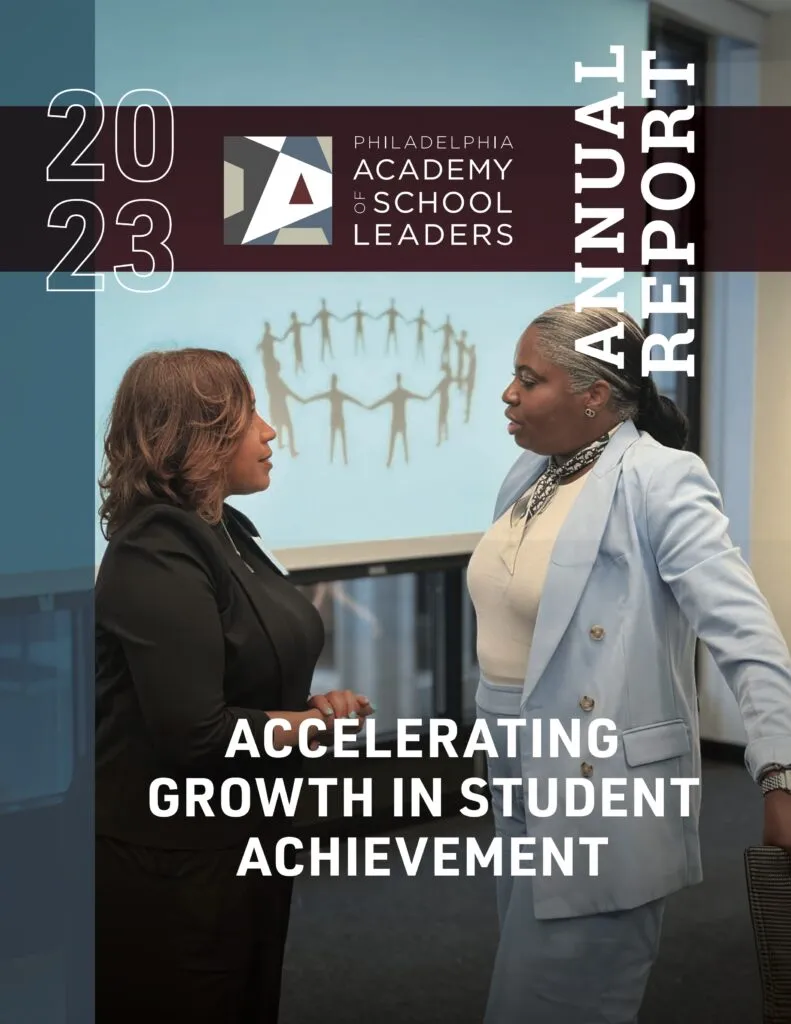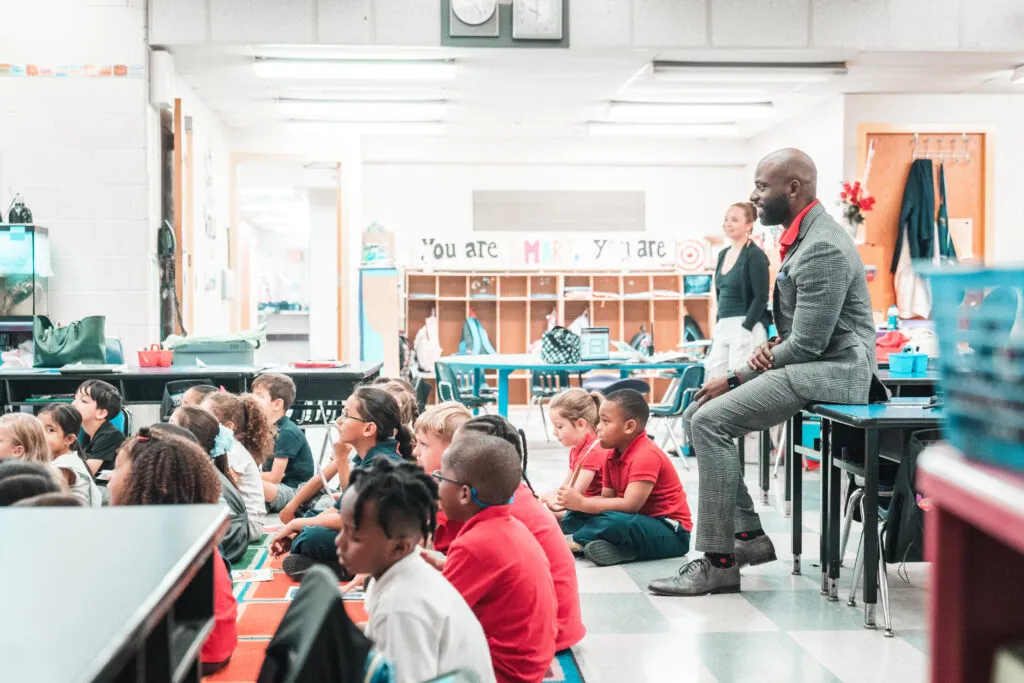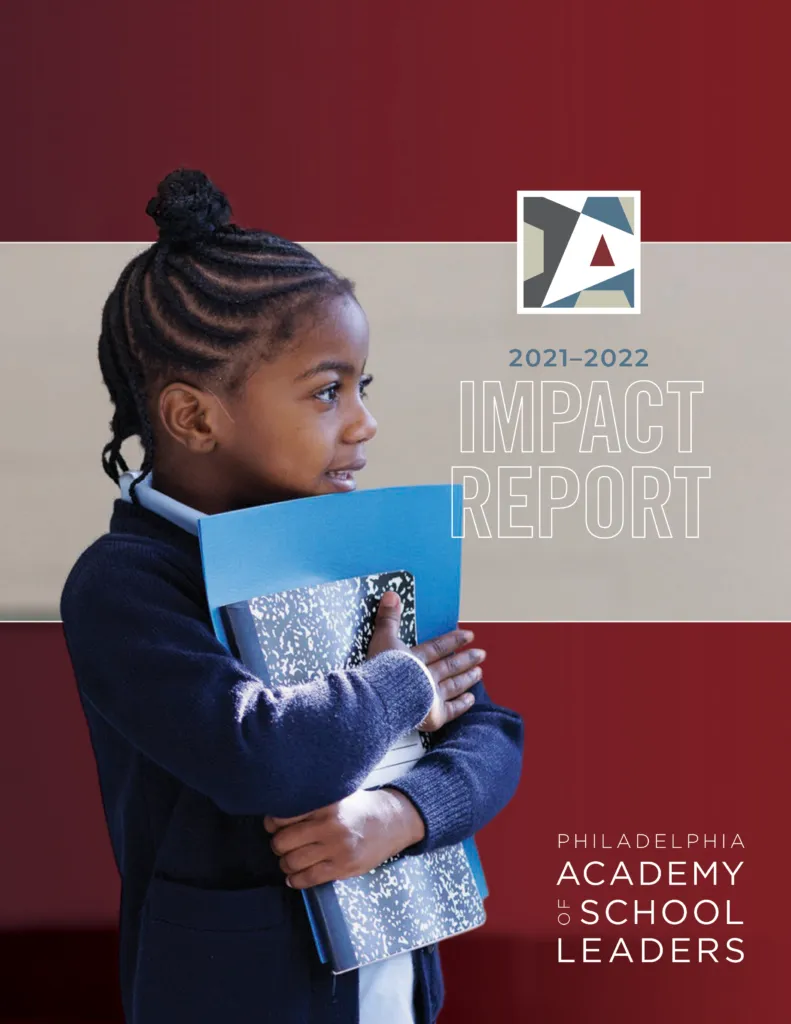Making change happen

PASL’s work transforms the practice of educational leaders who effect positive change in the lives of students.
Learn more about how this work is advancing education in Philadelphia.

2023 Annual Report
Principals and system leaders can make an enormous difference in the lives of young people. These leaders have a tremendous impact in the push to improve education in Philadelphia. Read more about all the ways we’re effecting change in our latest annual report.

Chair, Board of Directors
Philadelphia Academy of School Leaders

Dear Friends and Supporters,
Nearly 10 years ago, we set out to improve outcomes for students by providing high-quality, student results-driven professional development for school leaders.
Grounded in the principles that every child is capable of extraordinary things and that there are no first-rate schools without first-rate leaders, the Neubauer Fellowship in Educational Leadership, the organization’s flagship program, was designed to cultivate collaborative leadership skills and entrepreneurial agency of Philadelphia principals.
Today, Philadelphia Academy of School Leaders serves educational leaders from all sectors and at all stages of their careers.
We are proud to say that our leaders are effecting positive change, every day. Our program participants immediately apply what they learn, in their schools, deepening teacher effectiveness, elevating student accomplishment and school spirit. Amidst a teacher shortage, our leaders are nurturing relationships and approaching talent management in innovative ways, filling gaps and retaining quality personnel. They’re designing career-connected learning opportunities that put their students on new pathways to success—whether in college or directly into the workforce. They’re fostering business partnerships and community connections. These leaders are creating educational environments that families trust, where students feel welcomed and cherished, driving growth in attendance and academic achievement.
Data indicate these leaders are succeeding in improving the educational experience for students. Schools led by Neubauer Fellows report better attendance (5.5% points more students attending school 95% or more of the time), higher academic growth (higher growth scores in both English Language Arts and Math on the Pennsylvania System of School Assessment (PSSA) standardized tests), and higher four-year graduation rates than schools never led by a PASL program participant.
Although there is lots more work to be done, I am confident our community will continue to rise to the challenges.
We are deeply thankful for your interest and support. None of this achievement (shared in greater detail in this report) would have been possible without you. We remain grateful to you, the PASL community, for your continued commitment to our young people, and your investment with us to make the community better.
With gratitude,

Joseph Neubauer
Chair, Board of Directors
Philadelphia Academy of School Leaders


